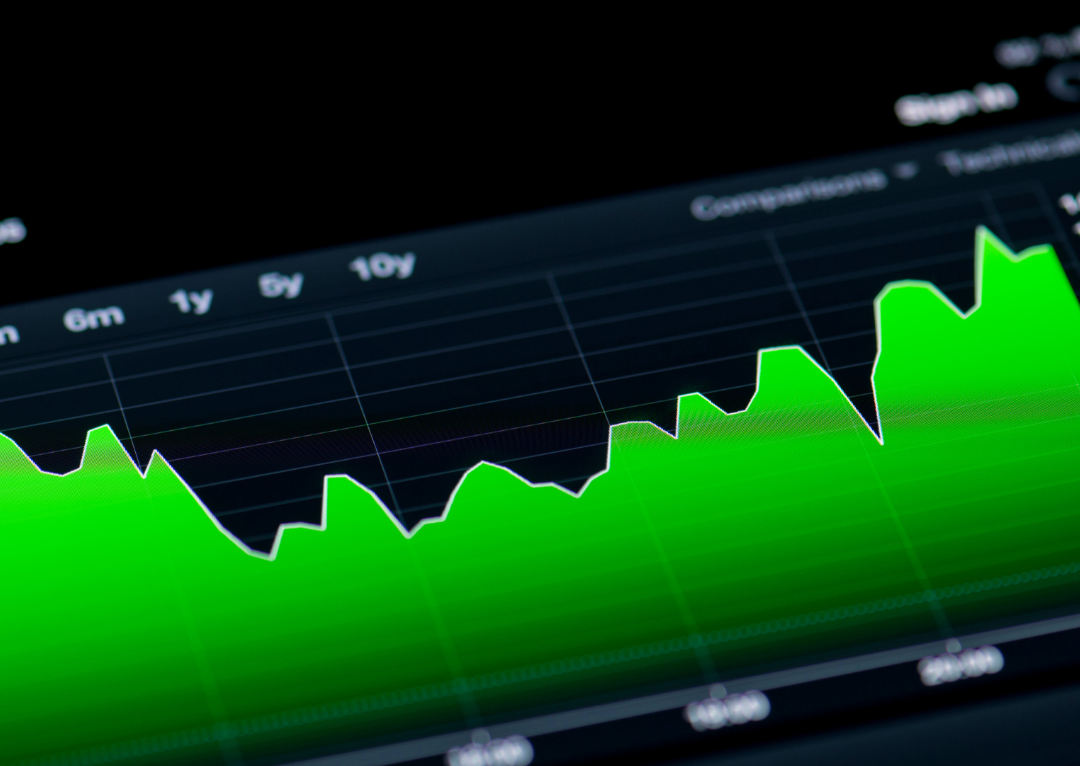Beta: How to Quantify Systematic Risk

Beta can be calculated for individual securities and also entire portfolios. For the first part of this post, we will discuss beta in the context of individual securities.
Beta is a measure of the volatility of a security compared to a benchmark (usually the S&P 500). In other words, beta quantifies how sensitive a security is to systematic risk. Beta is primarily used in the Capital Asset Pricing Model (CAPM), which is used to quantify the return investors should expect for a given security.
Beta Formula

In the above formula, any index can be selected for the benchmark. Although, the S&P 500 is most commonly used.
Explaining Beta
Let's say a security has a beta of 1.0, then when the market increases by 1%, we can expect the security to also increase by 1%, on average. If beta was 2.0, then the security should increase by 2%, on average. If beta was -1.0, then the security should decline by 1% when the market increases by 1%.
A security with a beta less than 1 is said to be theoretically less volatile than the market. This means there is theoretically less risk associated with holding that security, but also potentially less reward. The opposite is true for a security with a beta greater than 1.
Negative beta securities are typically used as hedges. For example, SH is an ETF that tracks the inverse of the S&P 500 index. An investor might hold SH in their portfolio to offset potential declines in the broader market.
Pitfalls
The primary pitfall of beta is that it is a backward-looking metric. In other words, it is calculated using historical data. And of course, we all know that past performance does not guarantee future results. In this sense, a security's future beta could theoretically diverge significantly from its historical beta. Nevertheless, beta is still widely used in finance as it does give a useful way to ballpark a security's sensitivity to systematic risk.
Portfolio Beta
Beta can also be calculated for an entire portfolio. You would use the same formula, but substitute the returns of your portfolio for the returns of an individual security. Just like individual securities, portfolios can be more or less volatile than a benchmark.
So What?
The bottom line is that beta is an important metric to take into consideration when managing your portfolio's volatility.
If your portfolio beta is too high, you can take steps to reduce it. The simplest way would be to hold more cash. Cash has a beta of 0, therefore, holding more cash will reduce your overall portfolio beta. You can also swap some of your high beta holdings for securities with lower betas. There are also more sophisticated strategies (which we won't get into in this article), such as shorting and options, both of which can be used to offset your overall portfolio beta. But beware that these strategies will introduce other kinds of risk into your portfolio.
On the other hand, if you find your portfolio beta to be too low, the opposite of the above applies.
What about alphaAI?
In any investment endeavor, the key to success lies in making informed decisions. Whether you're building a recession-resistant portfolio, diversifying your assets, or simply exploring new opportunities, your journey should be guided by knowledge and insight. At alphaAI, we are dedicated to helping you invest intelligently with AI-powered strategies. Our roboadvisor adapts to market shifts, offering dynamic wealth management tailored to your risk level and portfolio preferences. We're your trusted partner in the complex world of finance, working with you to make smarter investments and pursue your financial goals with confidence. Your journey to financial success begins here, with alphaAI by your side.
Supercharge your trading strategy with alphaAI.
Discover the power of AI-driven trading algorithms and take your investments to the next level.

Continue Learning
Dive deeper into the world of investing and artificial intelligence to unlock new opportunities and enhance your financial acumen.

Paul Merriman’s Ultimate Buy & Hold Portfolio: Historical Review and Modern Risk Considerations
.jpg)
How AI Safely Manages Leveraged ETFs for Long-Term Investors



